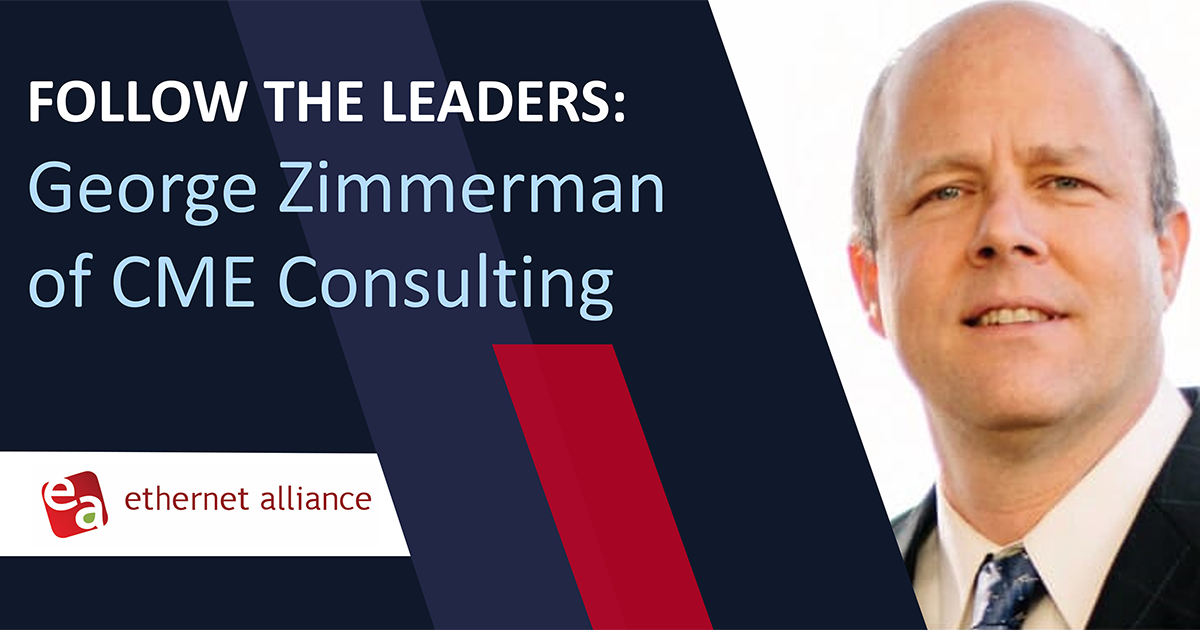5 New Speeds – 2.5, 5, 25, 50 and 400 GbE
While I used to be able to count the number of relevant Ethernet speeds on my right hand (100 Mb/s, 1, 10, 40, and 100 Gb/s), I now need all fingers on my left hand to count the new speeds of Ethernet that are being worked on. I’d like to give you a quick rundown of the latest discussions on these 5 speeds.
First, let me get one plug in for TEF:2014 – The Rate Debate. This one day conference will be held on October 16th where we will be discussing all of these rates in more detail and discussing how the current roadmap needs to be updated with these new speeds and building consensus on how to move forward. 2.5 and 5 Gb/s – These relatively low speeds are also known as Multirate Gigabit BASE-T (MGBASE-T) and are mainly being used for 802.11ac wireless backhaul. 802.11ac is coming in multiple waves where more than 1Gb/s of throughput is needed. The MGBASE-T Alliance is overseeing the development of these standards outside of IEEE.
25 and 50Gb/s – Many people know about the new IEEE 802.3 25Gb/s Ethernet Study Group, and the reasons for it are spelled out in the Call For Interest (CFI) presentation that can be found here. The initial deployments of 25GbE SFP+ are expected to be copper within the rack, but many people think that is will go farther with optics and work throughout the Ethernet ecosystem. Fewer people know about 50G that will initially be based on 2 lanes of 25Gb/s and is being led by the 25G Ethernet Consortium.
400GbE – The IEEE P802.3bs 400GbE Task Force has reach objectives of 100, 500, 2,000 and 10,000 meters. The project is reviewing the leading candidates of readily available technologies like 16X25Gb/s multimode fiber solutions and long term, futuristic technologies like 10km solutions over duplex single-mode fibers. One raging debate is if the single-mode solution will use 8 wavelengths at 50Gb/s or 4 wavelengths at 100Gb/s. These 100G serial technologies were thoroughly discussed at the 100GbE per Lambda for Data Center Workshop and those presentations can be found here. Another hot 400GbE topic is the CDAUI (8X50Gb/s) electrical signaling that is pushing the limits of existing SERDES technologies and this will be a major topic in TEF 2014. Lots of work will need to be completed to standardize these bleeding-edge technologies.
So now we have 5 shipping speeds in my right hand and 5 emerging speeds in my left hand. If we get any more, I’m going to have to take my shoes off to continue counting!
To get a better understanding of these speeds and how they fit into the roadmap of Ethernet, please join me at TEF 2014: The Rate Debate. I’ll guarantee that you’ll hear some interesting perspectives on all of these speeds. I’m on the executive committee for the conference and we’re finalizing the agenda now.
By Scott Kipp
The views and opinions expressed in this blog are solely that of the individual(s) and should not be considered the views or positions of the Ethernet Alliance.




